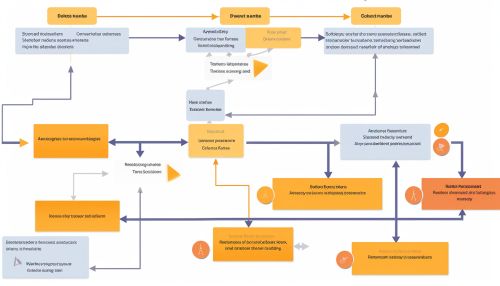Cumulative Effects Assessment
Introduction
Cumulative Effects Assessment (CEA) is a scientific approach used to evaluate and predict the total environmental changes resulting from multiple human activities over time and space. It is an integral part of environmental impact assessments and strategic environmental assessment processes, providing a comprehensive understanding of the potential impacts of proposed projects, policies, or plans.
Concept and Definition
The concept of CEA emerged from the recognition that individual project assessments often fail to consider the collective impact of multiple activities. It is defined as the systematic procedure for considering the combined effects of a group of actions, which can accumulate over a period of time and affect a variety of environmental resources. The cumulative effect is the change caused by the combined impact of past, present, and reasonably foreseeable future actions.
Importance of Cumulative Effects Assessment
CEA is considered crucial in environmental management due to its ability to provide a holistic view of the potential impacts of human activities. It helps in identifying the potential for significant environmental effects that may not be apparent when considering actions in isolation. Furthermore, it assists in the development of mitigation measures and management strategies to minimize adverse impacts and enhance positive outcomes.
Methodologies for Cumulative Effects Assessment
There are several methodologies used in CEA, including geospatial analysis, scenario analysis, and modeling. These methodologies provide a framework for identifying and evaluating cumulative effects, and for predicting future conditions under different scenarios.


Challenges in Cumulative Effects Assessment
Despite its importance, implementing CEA poses several challenges. These include difficulties in defining the spatial and temporal boundaries of the assessment, data limitations, and the complexity of predicting cumulative effects due to the interactions among various environmental factors.
Case Studies
Several case studies illustrate the application of CEA in different contexts, such as the assessment of the cumulative impacts of oil and gas development, urban growth, and climate change.
Future Directions
The future of CEA lies in the development of more sophisticated methodologies and tools for assessing cumulative effects, and in the integration of CEA into decision-making processes at all levels of government.
